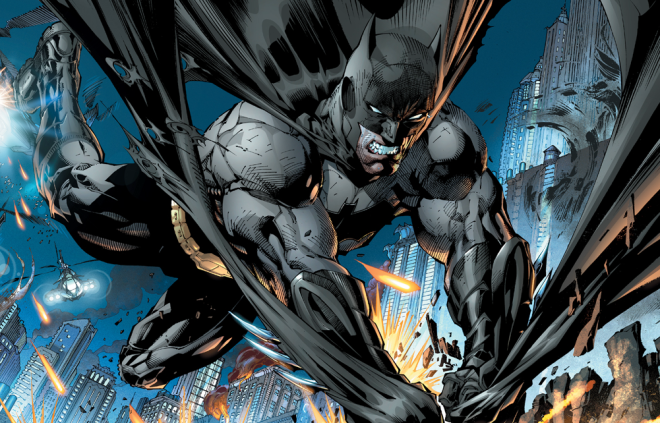Welcome to Last Month’s Comics, in which I will discuss, uh, last month’s comics. The past couple episodes, we’ve pimped Direct Comic Book Service, which I’ve recently started using as a way to return to regular comics reading. The only downside is that I only get bi-weekly shipments (the weekly option is there, it’s just more expensive), so I won’t wind up reading all of my comics from one month until the beginning or the middle of the next. So I figured it’d be nice to sum up my thoughts, frustrations, and surprises about each month’s comics in a single column. It should be noted that, of course, I’m only reading comics that strike my fancy, there are some books I won’t get started on until a couple months from now, and that I also skipped out on all of DC’s books this month…with one exception.
Let’s get started with August 2011…
BEST #1
Angel & Faith #1
Writer: Christos Gage
Art: Rebekah Isaacs (pencils/inks), Dan Jackson (colors)
Executive Producer: Joss Whedon
Publisher: Dark Horse
Last year, Gobbledygeek called Buffy the Vampire Slayer: Season Eight the Worst Comic Book of 2010. It was more a symbolic award than anything: there were worse comics, but none that were more disappointing. Season Eight had a very strong first two-thirds, but in the last third, things went awry more than they went a-right (please forgive me). It all culminated in the bizarre, confusing, contrived “Twilight’s Last Gleaming” arc. However, the final issue was a stellar return to form, and Joss Whedon has promised that Season Nine will be smaller, more character-driven, less prone to jump-the-shark-ness. Judging from Angel & Faith #1, the first piece of Season Nine, I’d say he’s kept that promise. Though I still don’t fully understand what Angel was up to last season–“Your whole Twilight phase makes about as much sense as a David Lynch movie,” so says Faith–watching him again struggling with remorse over his actions and back in help-the-helpless mode is refreshing. Where once Angel was Faith’s mentor, the roles have reversed. Faith is now there to help Angel deal with his grief, though based on the last-page shocker, she’s got a lot of work to do. Christos Gage has all of the characters’ voices down pat, and Rebekah Isaacs’ art might be the best to ever grace any Whedon comic. Can she draw Buffy too?
(Paul and I reviewed Angel & Faith #1 in “Talking Turkey.”)




